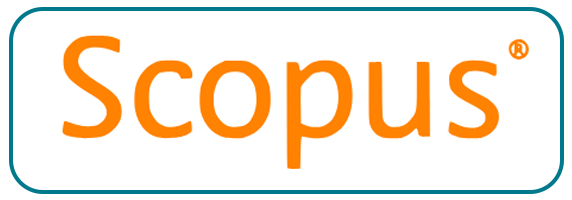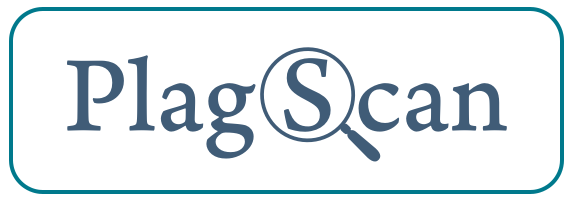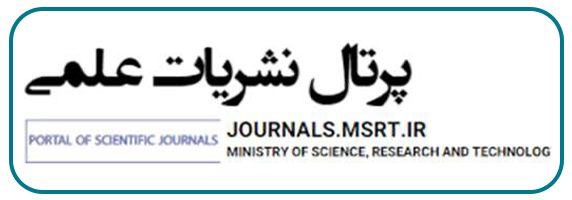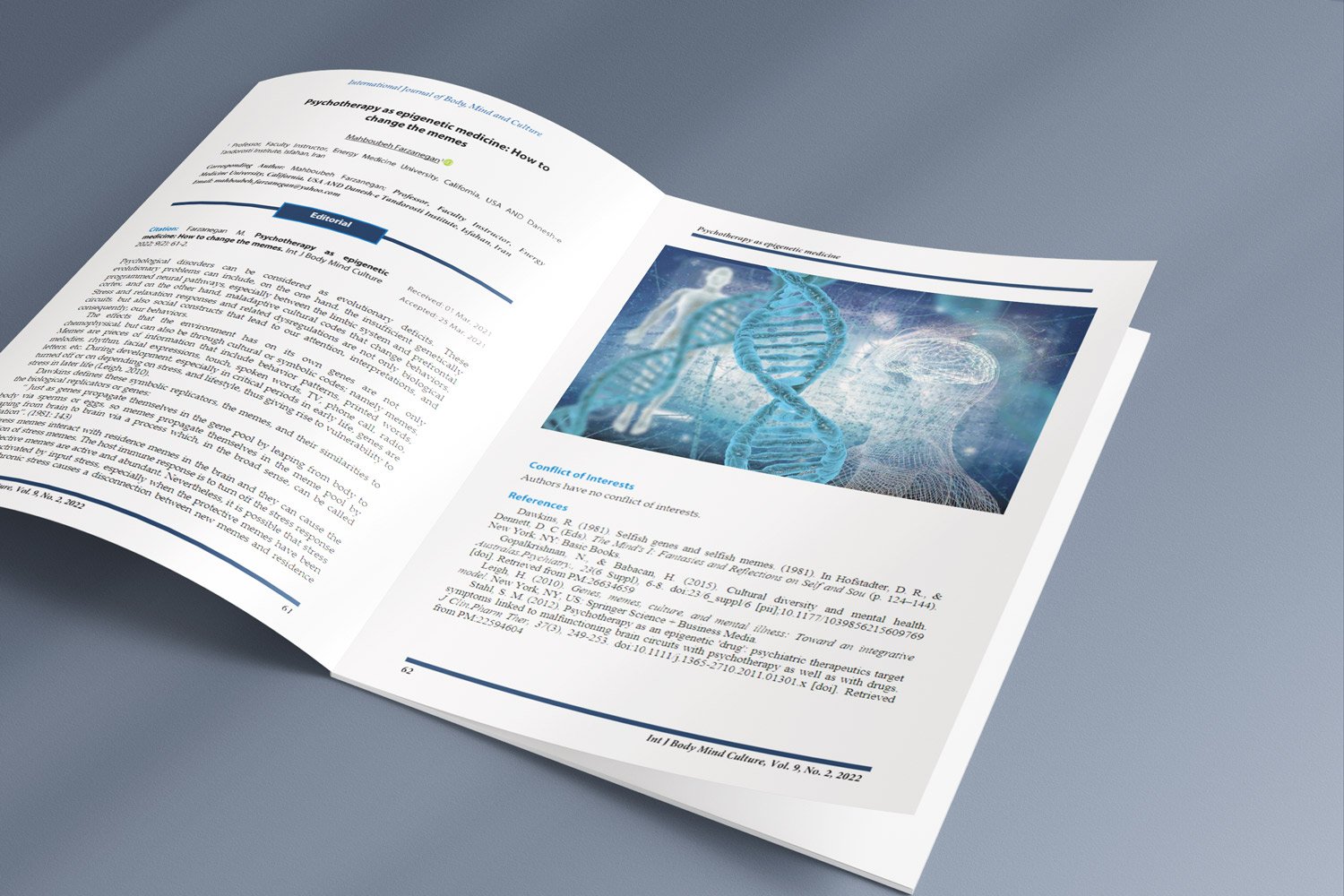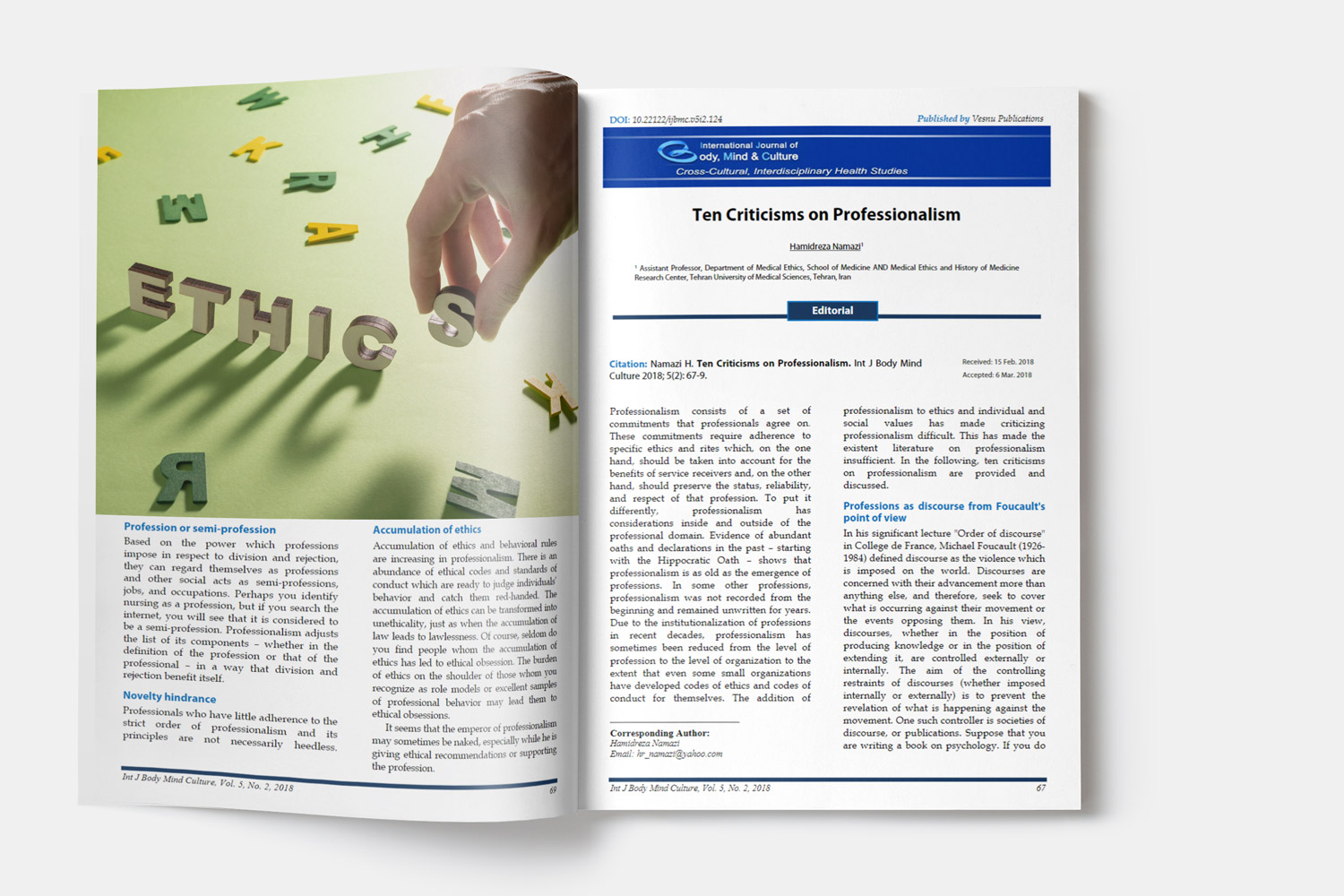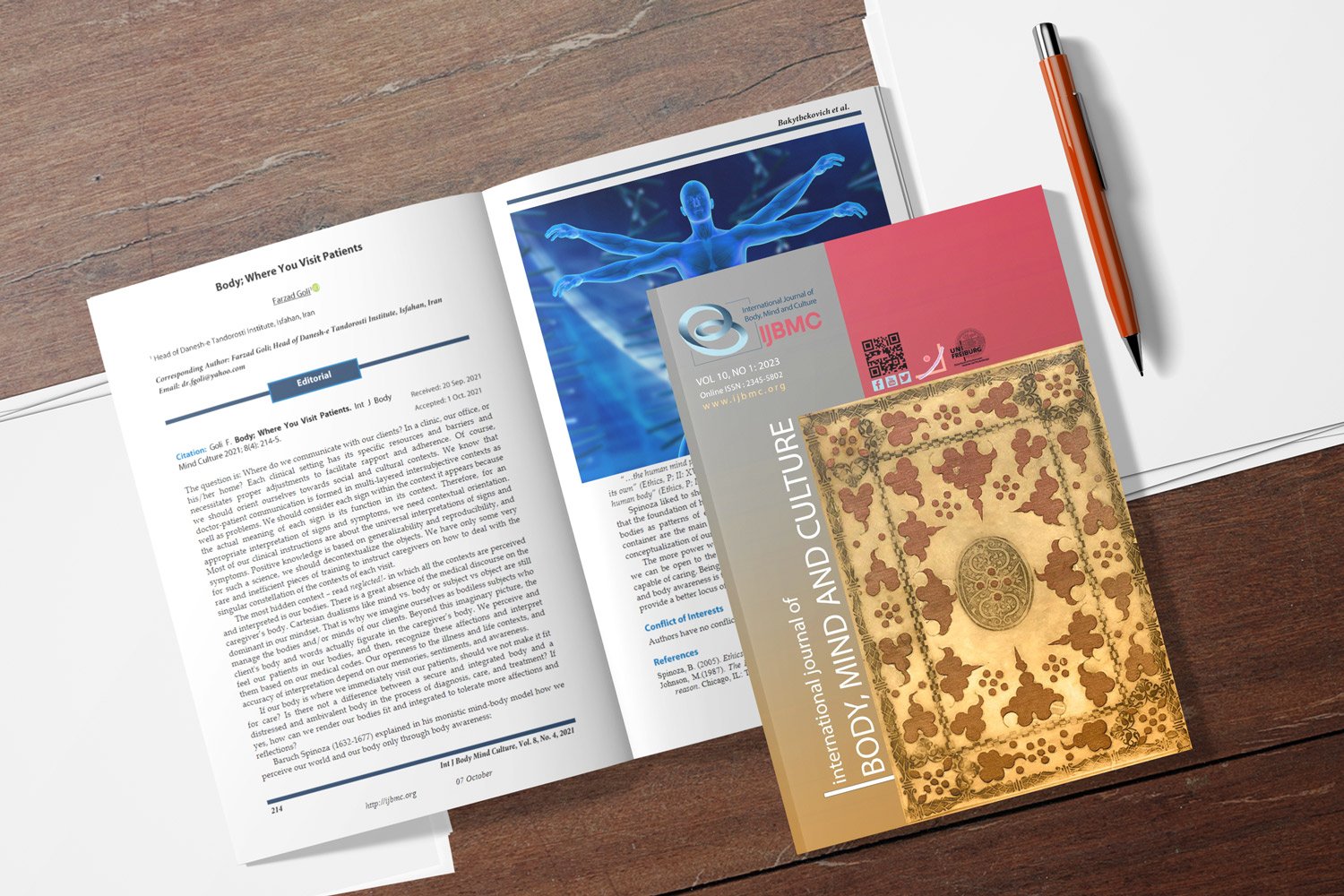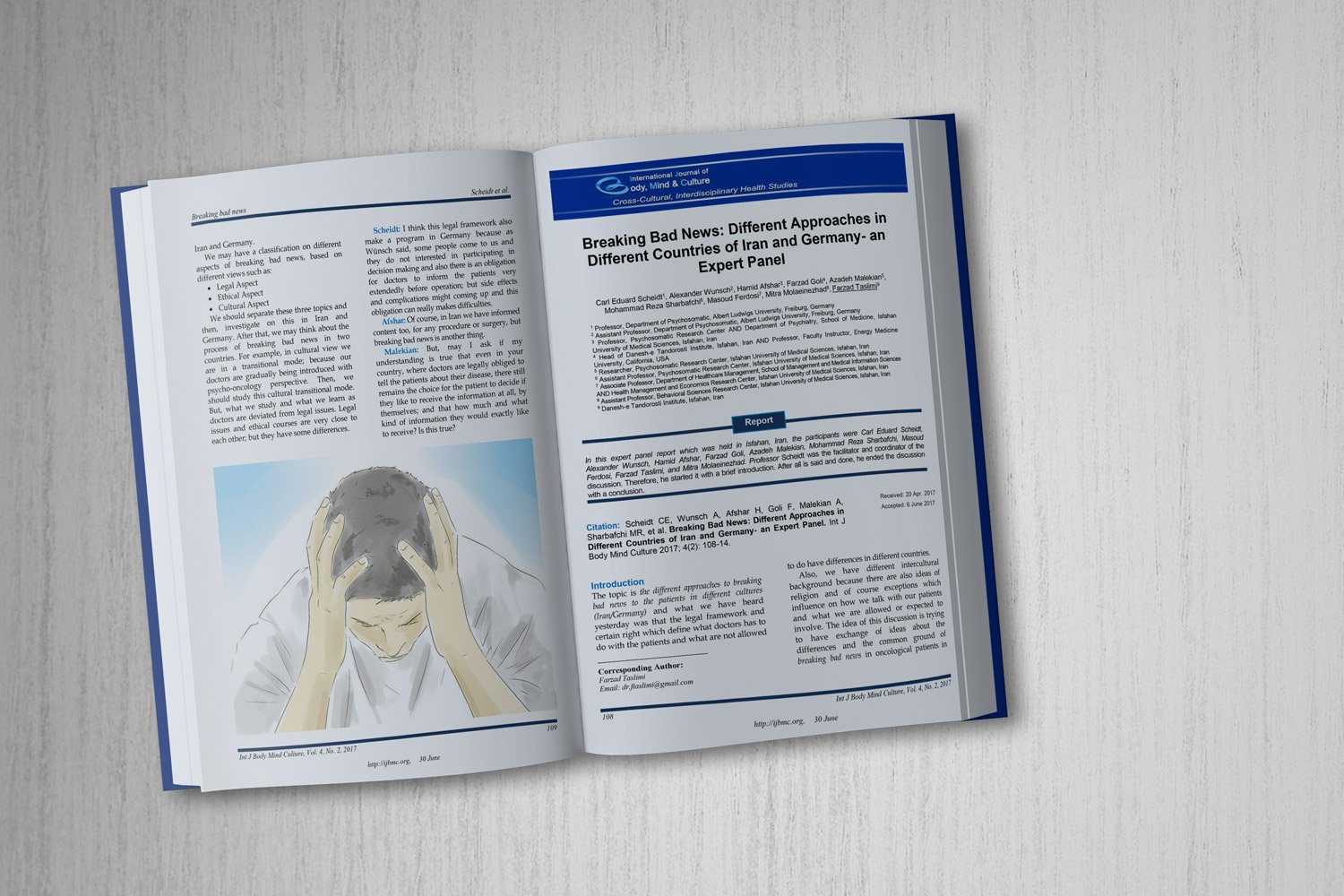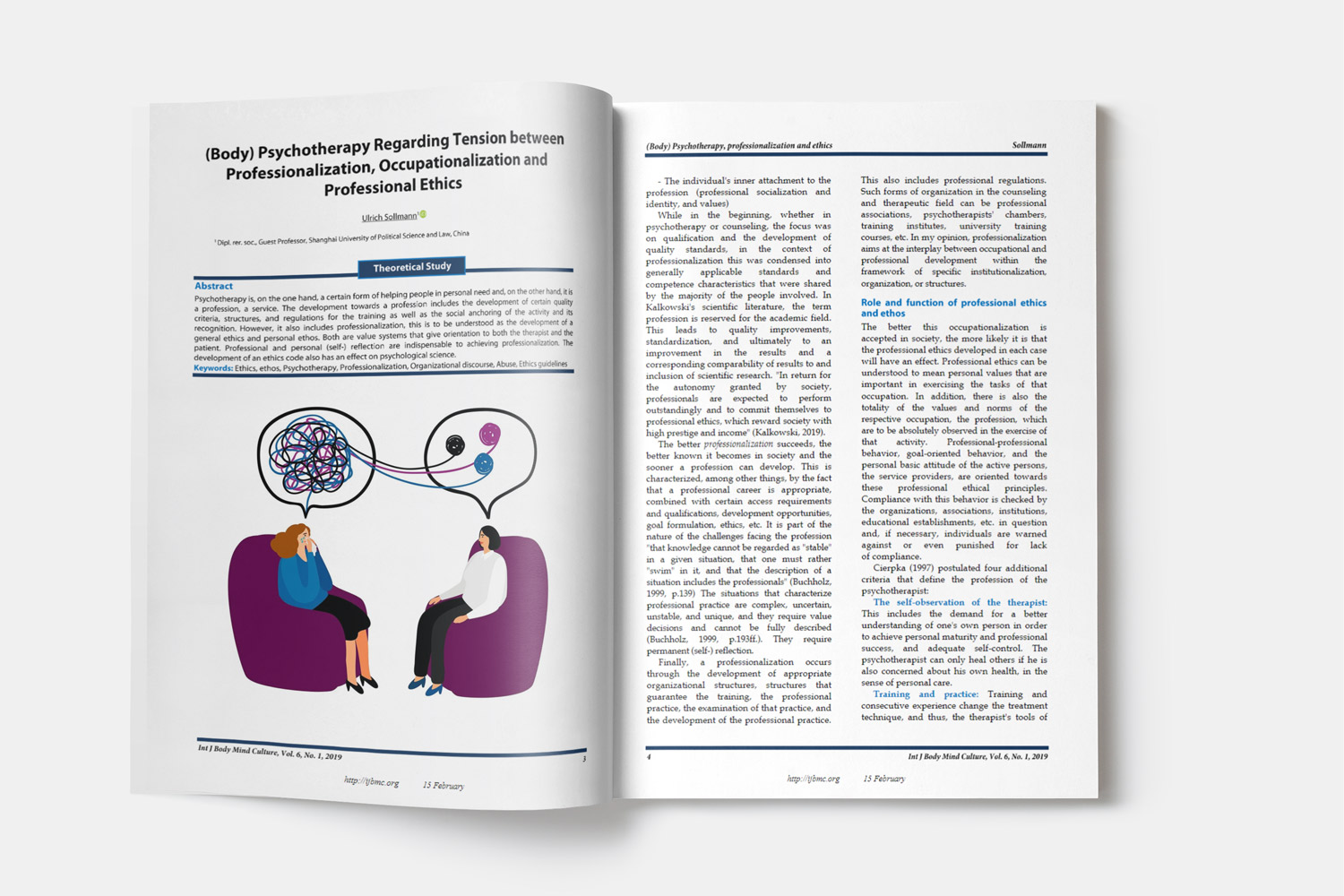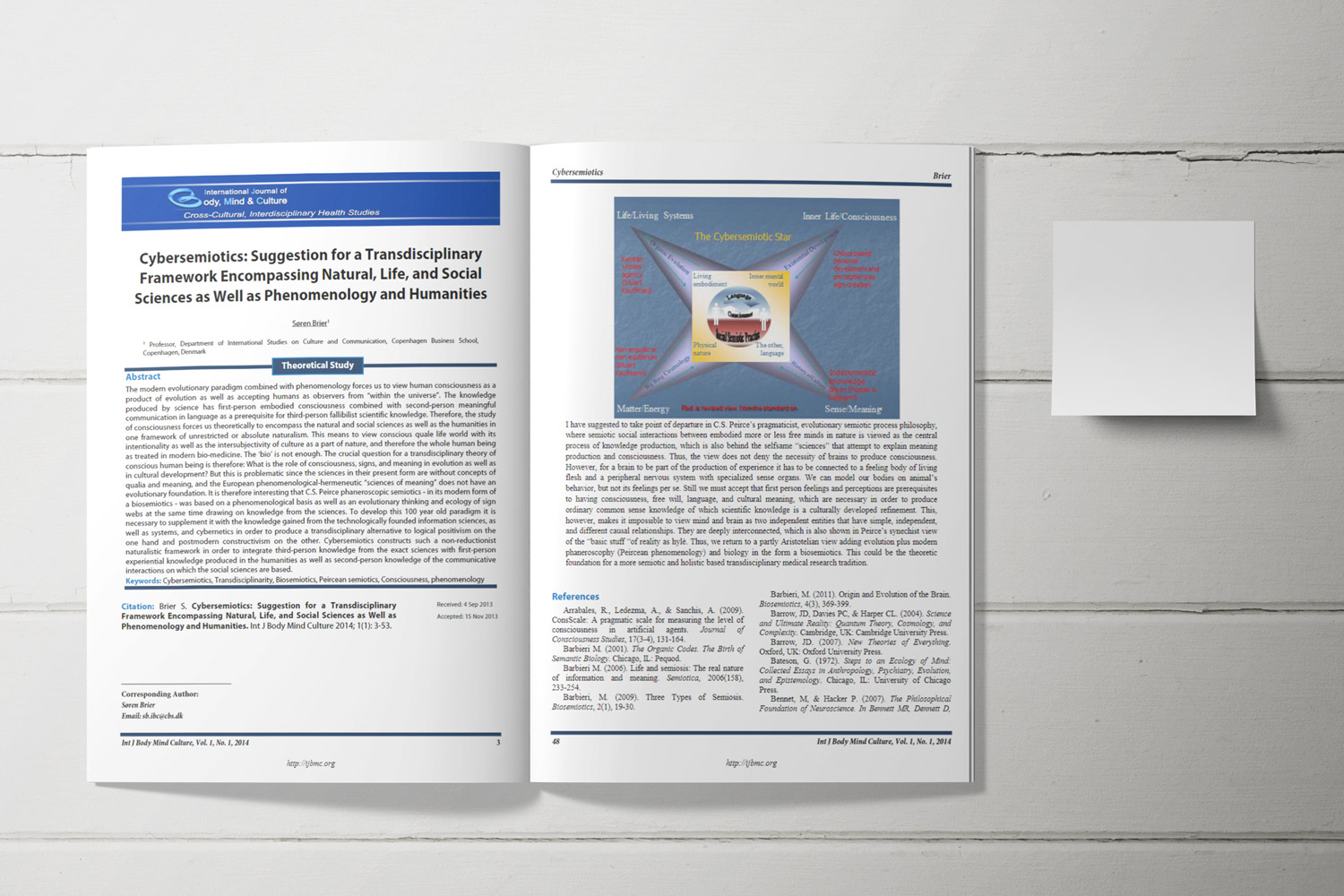Comparison of Emotion Regulation Strategies in Individuals with Migraine, Tension, and Normal Headaches
Downloads
Background: Headaches are a major focus of public health efforts. Because stress and emotional disturbances play a role in various forms of headaches, emotion regulation can be thought of as a factor in adaptation and successful control of this illness. The effectiveness of cognitive emotion management strategies in women and men with migraine headaches, tension headaches, and healthy people was investigated in this study.
Method: In the first six months of 2020, 60 patients with migraine tension headaches were studied in the neurology clinic of the Abdi Waluyo Hospital in Jakarta. Positive techniques (vision formation, positive refocus, positive appraisal, and planning) and negative strategies (self-blame, blaming others, rumination, and catastrophic perception and acceptance) were obtained in emotion regulation using the Emotion Regulation Questionnaire.
Results: According to the findings, persons with migraines employ fewer positive techniques in the cognitive management of their emotions than people without migraines. Meanwhile, the findings revealed that there is a substantial difference in the usage of positive methods by females and males in both groups, with females employing more positive tactics.
Conclusion: In conclusion, the findings of this study suggest that self-regulation is one component that can cause headaches in patients.
Downloads
Copyright (c) 2022 International Journal of Body, Mind and Culture

This work is licensed under a Creative Commons Attribution-NonCommercial 4.0 International License.

